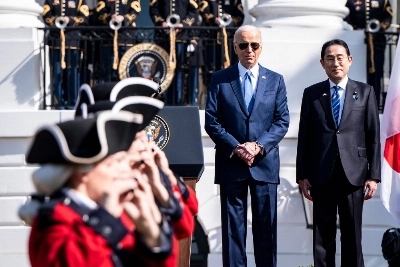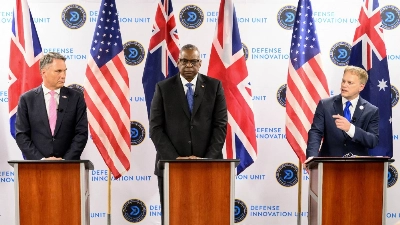Japan’s potential participation in advanced military capability projects with the United States, Britain and Australia under their AUKUS security pact could not only enhance Japanese capabilities, but also provide a new set of opportunities to boost the country's defense industry.
Although nothing has been formally decided, last week’s announcement that the three partners are weighing inviting Tokyo to join the pact’s second program, known as Pillar II, reflects how the group sees potential benefits in tapping Japan’s strong industrial and technological capacity at a time when Tokyo has identified boosting defense production as a key national security pillar.
The announcement did not propose Japan’s participation in the pact’s first pillar, which involves delivering nuclear-powered attack submarines to Australia. Instead, Tokyo’s contribution would center around developing and sharing advanced capabilities in areas such as hypersonics, anti-submarine warfare and cyberweapons, as well as quantum computing and artificial intelligence.



















With your current subscription plan you can comment on stories. However, before writing your first comment, please create a display name in the Profile section of your subscriber account page.